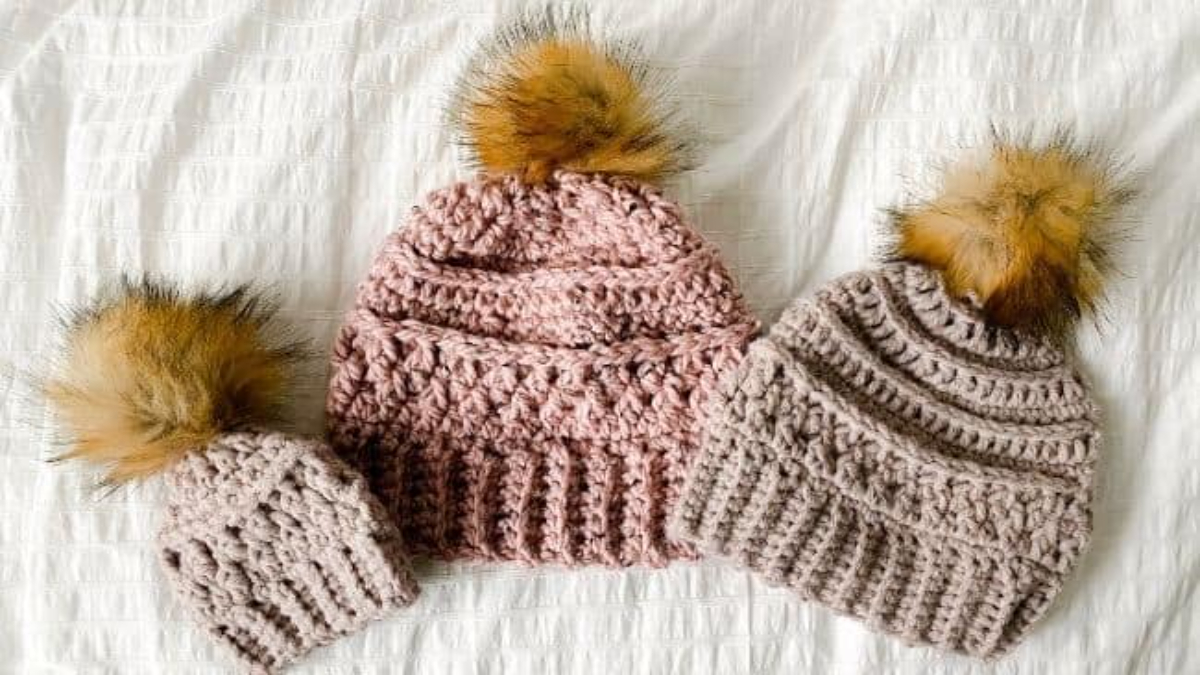
Advertisement
When it comes to crafting cozy beanies to keep warm during the colder months, both crochet and knitting offer unique techniques and styles. However, a common question among crafters is: Is it faster to crochet or knit a beanie? Let’s explore the differences between the two methods and consider factors that may affect the speed of each process.
Crochet: A Quick and Versatile Option
Crocheting involves creating interlocking loops of yarn using a single crochet hook. One of the key advantages of crochet is its versatility and speed. With just one hook and a relatively simple set of stitches, crocheters can work quickly in rows or rounds to create various textures, shapes, and designs. In the case of beanies, crocheting often requires fewer stitches and simpler construction techniques, making it a popular choice for crafters looking to complete projects efficiently.
Knitting: Precision and Efficiency
Knitting, on the other hand, involves using two needles to manipulate yarn into stitches. While knitting may initially seem slower due to the need to maneuver both needles, experienced knitters can work efficiently and produce intricate designs with precision. Knitted beanies typically involve working in the round using circular or double-pointed needles, which can require additional time and skill compared to crocheting in rounds.
Factors Affecting Speed
Several factors can influence the speed of crocheting or knitting a beanie:
- Skill Level: Both crochet and knitting require practice to master, but individuals may find one method more intuitive or easier to learn than the other. Beginners may initially progress more quickly with crochet due to its simpler techniques, while experienced knitters may knit beanies at a faster pace with proficiency.
- Stitch Complexity: The complexity of the chosen stitch pattern or design can affect the speed of crocheting or knitting. Simple stitches and straightforward patterns typically allow for faster progress, while intricate stitch patterns may require more time and attention to detail.
- Yarn and Needle Size: The weight of the yarn and the size of the needles or hook can also impact the speed of crafting. Thicker yarn and larger needles/hooks generally work up more quickly than finer yarn and smaller needles/hooks, resulting in faster progress.
- Personal Preferences: Ultimately, individual preferences play a significant role in determining which method is faster for making beanies. Some crafters may find crocheting more enjoyable and efficient, while others may prefer the rhythm and technique of knitting.
In conclusion, whether crocheting or knitting is faster for making beanies depends on various factors, including personal preference, skill level, stitch complexity, yarn and needle size, and individual crafting style. While both methods offer distinct advantages and can yield beautiful results, the choice ultimately comes down to what works best for each individual crafter. Whether you’re a speedy crocheter or a proficient knitter, the joy of creating handmade beanies lies in the process itself and the satisfaction of wearing or gifting a cozy and stylish accessory crafted with care and creativity.
